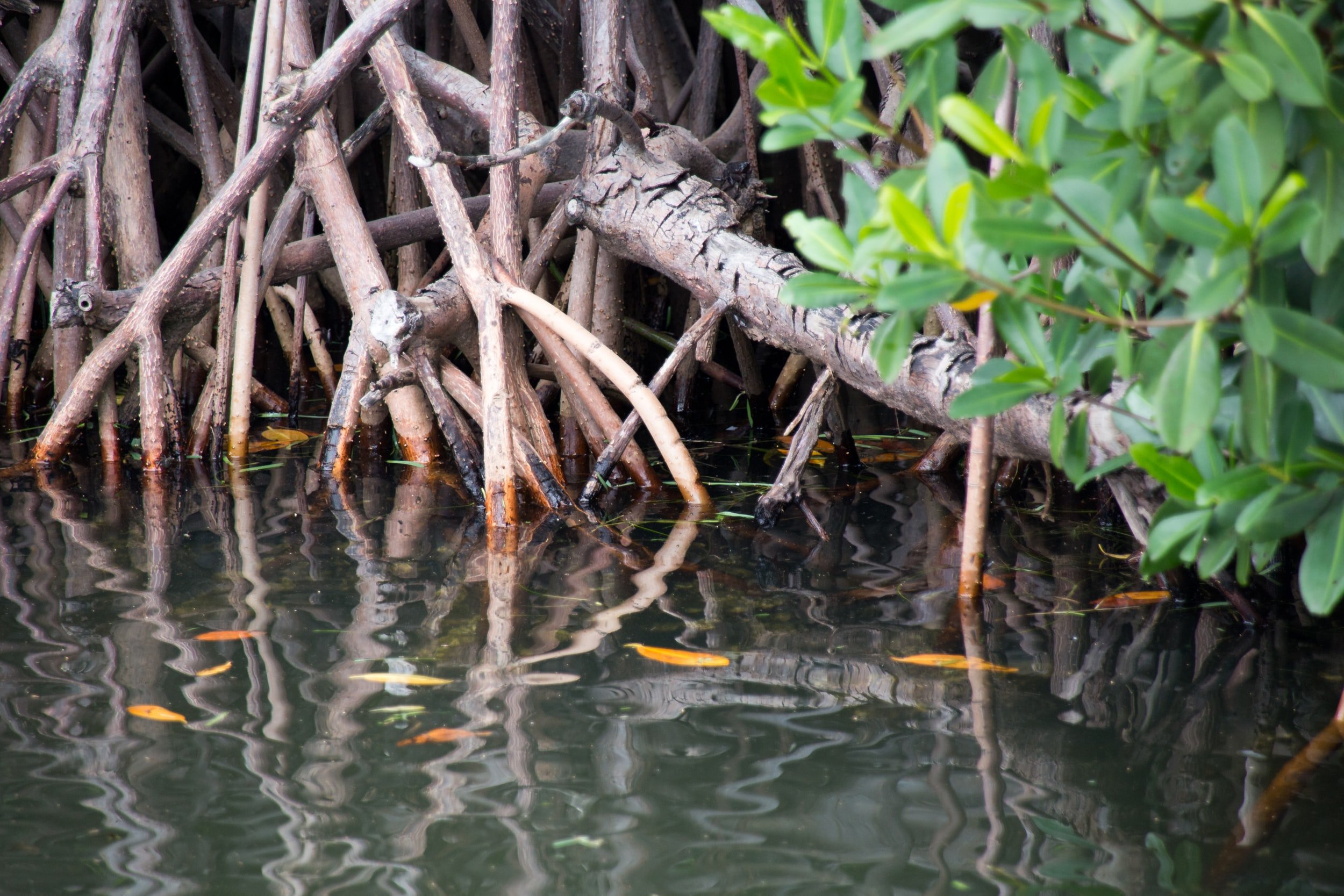Planning and Design
A pond or lake is an important landscape feature; they can be as important to the ecosystem as they are to the people who live around them. Waterbodies are a valuable environmental asset as a large number of waterbodies are continually lost due to human activities and the waterbodies that remain are at risk of degradation and ecological succession.
Waterbodies around the world suffer from pollution, encroachment from industrial, urban and agricultural development this is certainly true from the perspective of the UK. There are many mitigations and ways to solve the problems. The first is to stop or reduce the environmental impacts on our waterbodies, once control has been gained over the degradation then restoration and finally, monitoring and maintenance can be performed
Many forms of restoration will require planning permission from the Local Planning Authority (LPA) or consent from a regulatory body such as the Environment Agency (EA) and Natural England (NE). Most plans to create a new waterbody will require some permission or approval, whilst working on a main river may require a “flood defence consent” from the EA
The creation of a waterbody including a reedbed or natural swimpond by machinery is considered an engineering operation under the Town and Country Planning Act 1990 (as amended). So even if your proposed scheme only includes a small and shallow pond, it may be defined as an engineering operation which could require planning permission, this will be dependent on your specific LPA.
Whilst waterbodies are lost to human pressure and nature everyday the unregulated excavation and creation of a waterbody can have a number of local consequences to the local and wider environment such as:
Alteration of localised drainage patterns.
Spoil arisings can become waste if not dealt with responsibly
Impact on the existing landscape
Impact on protected species and wildlife
It is important to find out early in the life of a project if the featured waterbody requires LPA consent and what other consents may be required. AGA Group Consultancy (AGA) can provide the expertise to furnish you with all of the facts early in the project, this makes for a very cost-effective approach to obtaining planning.
In certain situations; planning or approval from the LPA will always be required, especially when considering building a waterbody in a conservation area, an area of Outstanding Natural Beauty, SSSI , Nature Reserve etc.
AGA are able to assist private individuals, industry, designers & architects and public sector organisations with initial design concepts and detailed designs. We can make and support the application with surveys and reports as may be required for a number of circumstances that might include:
Planning applications for local authorities that may also include information for flood risk assessments, tree work, drainage or waterbody creation
Licences required from the Environmental Agency for projects that may include de-silting or dredging to bank, fish removal or movement, construction of weirs, flood risks, abstraction or groundwater
Licences from CEFAS for registering fisheries
Licences from DEFRA for registering non- native species, such as Grass Carp or Sturgeon
Applying for consents from local water authorities
Advice on protecting endangered species
Identification and advice on invasive non-native species (INNS)
Site visits to ascertain viability of constructing ponds, lakes or natural swimming pools and their positioning
Meetings with designers, architects or local authorities
Surveying ponds, lakes and natural swimming pools to ascertain depths, silt levels, plant or fish species
Assistance with project planning
Concept to completion
AGA have the expertise to carry out and guide all aspects of your project planting from concept to completion. Involve us early and we will make sure that your aims and objectives for your project are translated into an initial design that is practical, buildable, viable and environmentally acceptable.
Once we have agreed that your initial design is ‘fit for purpose’ we can provide a more comprehensive design including construction drawings. There generally will be a need to supply various amounts of technical information all of which AGA are able to carry out the investigations and surveys to provide. These may include but will not be limited to:
Topographical and level survey
Hydrological survey
Phase 1 habitat survey
Protected species survey
Landscape impact assessment
Environmental impact assessment
An AGA consultant will be happy to provide an initial fee free consultation to discuss your planning requirements…. Call us now on 01953 886824!

